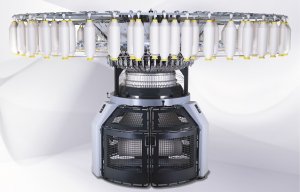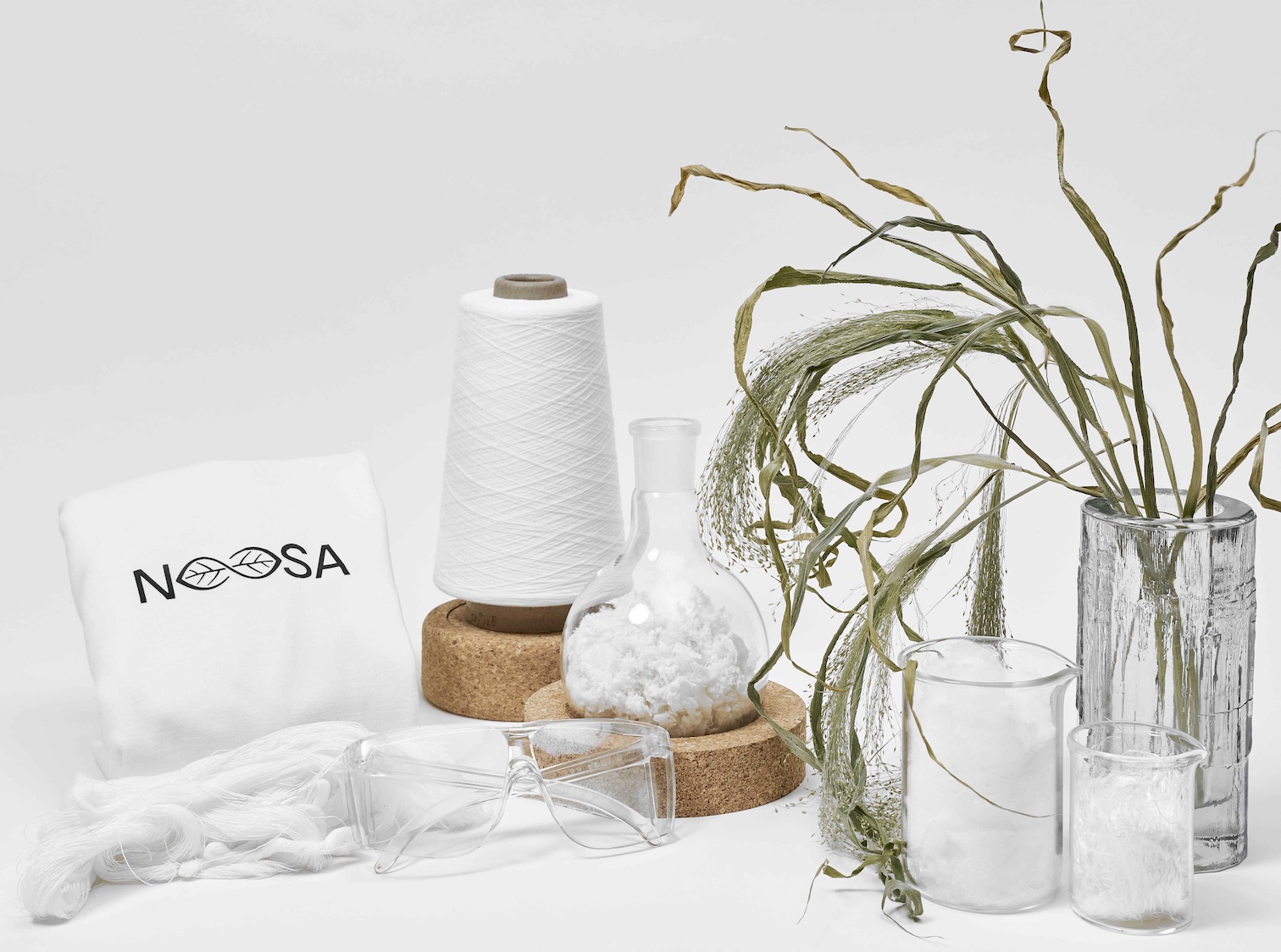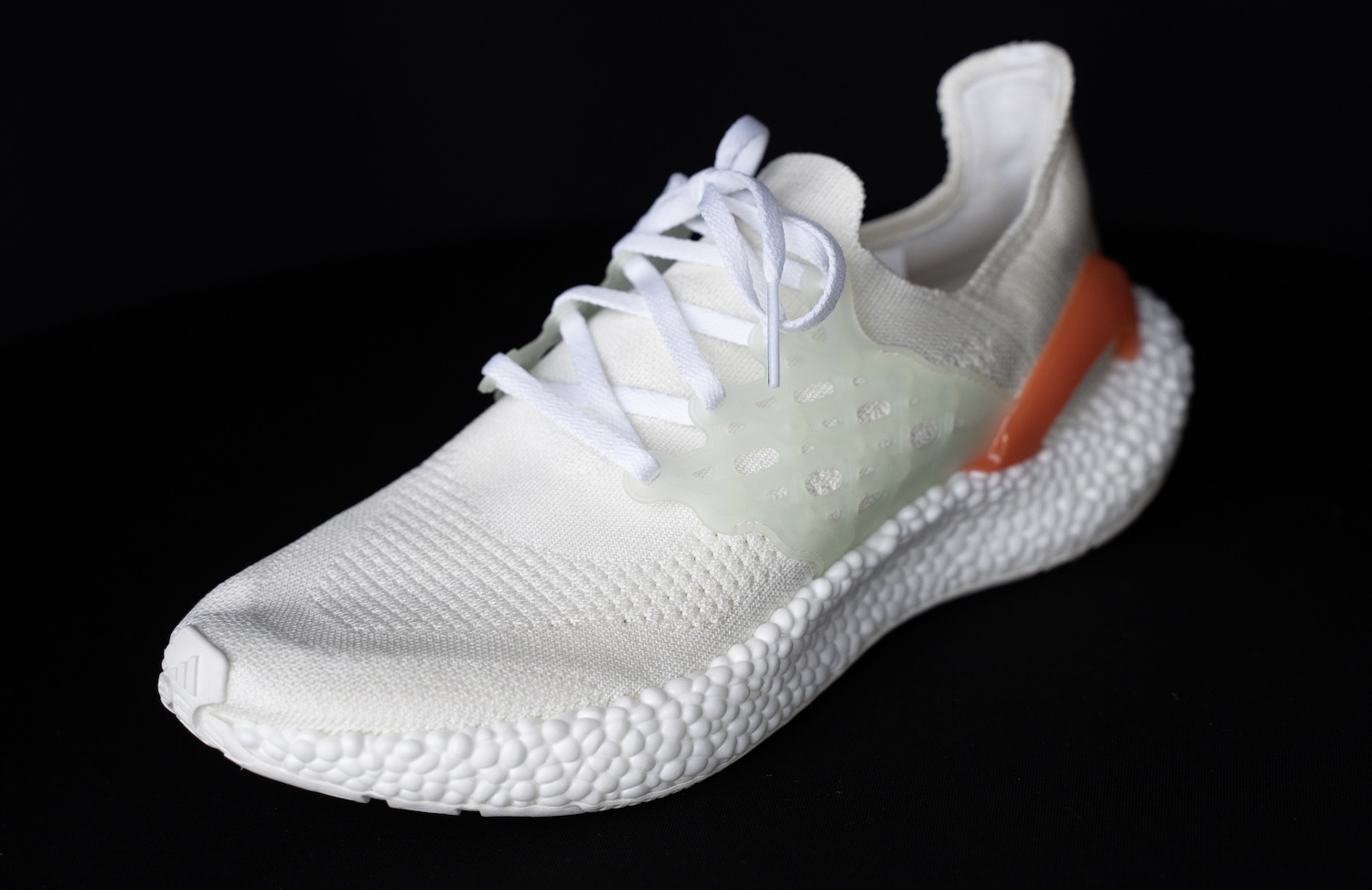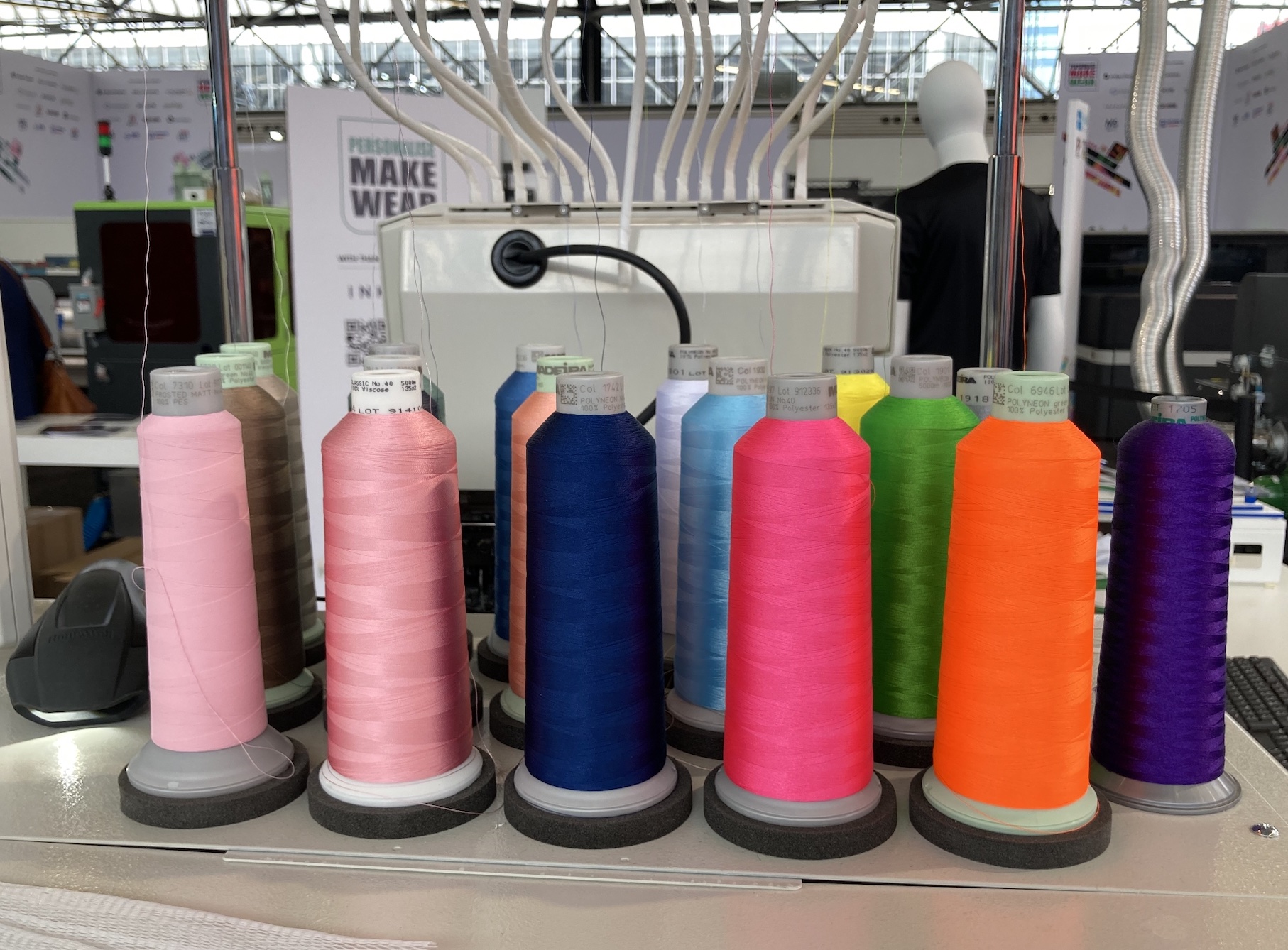
Mayer & Cie. to highlight circular knitting applications at Techtextil
Opinion


Opportunities around sustainable circular design, material choices, colouration and decoration developments and future of sportswear manufacturing.

28th March 2024
Anne Prahl
|
Amsterdam
The brand-new Sportswear Pro event was held alongside FESPA Global Print Expo, European Sign Expo, and Personalisation Experience from 19-22 March at RAI Amsterdam and showcased on-demand customised sportswear production including digital printing, embroidery, heat sealing and software solutions for process automation and supply chain management.
A dedicated 1-day conference on the 21 March combined keynote speeches, panel discussions and live demonstrations on a range of topics, delivered by a diverse group of industry experts ranging from design, material, and manufacturing innovation to technology start-ups.
Sustainable and circular design and material choices
Since the announcement of the ‘EU Strategy for Sustainable and Circular Textile’ proposal, which will force apparel and footwear brands selling products in the EU to adapt to new requirements by 2030, forward- thinking sportswear industry stakeholders have started to explore design strategies, material choices and manufacturing technologies, which can enable compliance with upcoming regulations in the future.
Founder and Creative Director of Desinder, Ana Kristiansson’s keynote ‘Circular Economy Redefined - Designing for Circularity’ provided the audience with a great overview of the key design and circularity principles relevant to creating more considered sportswear products. This session was followed by the ‘Designing for the Circular Economy’ panel, which discussed the practical steps for implementation of circular design strategies and collaboration opportunities between material innovators and brands.

Panellist Luna Aslan, project manager at material start-up NOOSA, shared that although the upcoming regulations had significantly accelerated interest in their bio-based and recyclable fibre, there is still a lot of uncertainty for companies around the new generation of innovative materials.
NOOSA is a naturally sourced fibre made from renewable and certified GMO-free corn, and the company’s NOOCYCLE technology can transform worn and collected textiles made with at least 50% NOOSA fibre back into a 100% virgin fibre. However, as Aslan points out, companies are still struggling to understand the business case for utilising new solutions, as well as how to develop the necessary circular business models to support these.

Nicole Espey from ITA Institute of Textile Technology at RWTH Aachen University presented new material developments from a scientific perspective, further considering these trends in the context of the EU Textile Strategy.
Based on the knowledge that the use of unsustainable petroleum-based man-made materials is still growing, and that alternatives to petroleum-based materials, such as polyester, dyes and elastane are urgently required, Espey highlighted de-fossilisation, which involves using new bio-based materials as part of the wider bioeconomy concept, as the biggest opportunity for textile industry.

Together with adidas AG, RWTH Aachen is leading the project BIOTEXFUTURE, which focuses on biobased textile research including substrate and material development, product and process development and textile finishing. Examples of this pioneering work include AlgaeTex, where algae-derived biopolymers are explored for the application in textiles, and BioBase, which aims to replace conventional fossil-based performance textile finishes with bio-based alternatives.

The project further includes the development of BioTurf, an artificial turf structure made of bio-polyethylene to eliminate the issue of microplastic shedding and CO2TEX, which seeks to develop commercially viable elastic filament yarns made from CO2-containing TPU.
During his presentation ‘Innovations in Materials and Fabrics for Sportswear’ Paul Foulkes-Arellano, Founder of Circuthon also highlighted opportunities around CO2 derived materials. US gas and fermentation technology company Lanzatech capture and process carbon-rich gases and pollution to be converted by bacteria into fuels and chemicals, and German start-up CO2BioClean use their patented technology to produce biopolymers from industrial process emissions, which are manufactured into biodegradable and compostable consumer-facing products, including textiles. compostable consumer-facing products.
Colouration and decoration developments
The quest to source sustainable and circular materials is extending to include dyes, finishes and textile decorations, such as printing and embroideries, as these can make up a significant environmental impact of the product, while potentially becoming disruptors to recycling at product end-of-life.

Foulkes-Arellano highlighted UK technology company Alchemie Technology, which has developed its Endeavour digital dyeing process to reduce the carbon footprint of dyeing by 85%, eliminate 95% of wastewater and decrease the required amount of chemicals by 30%.
The company recently announced the launch of its Discovery lab system, which replicates the production environment of Alchemie’s Endeavour digital dyeing. This system utilises a digital liquid application technology, which eliminates the need for immersion into multiple baths, as the digital non-contact jet dye applicator contains individually controlled nozzles, allowing for uniform dye spread and penetration without the creation of excess dye.
Alchemie Technology state that through this set-up, dyeing operations can now be co-located with apparel production, even in water-poor regions. This is an essential aspect, as success for such new technologies depends on their ability to be integrated into existing manufacturing sites and processes.

Another example of a drop-in technology is the Coloreel thread-dyeing micro factory, showcased in the Personalise Make Wear section of the show. The Coloreel system can be connected to all major embroidery machines and instantly sublimation prints threads into any colour. This results in highly durable colour being embedded within the 100% recycled polyester thread. The process only utilises the dyes required and therefore does not create any waste, while reducing wastewater by 87% compared to conventional methods.
Embroidery machine specialist Tajima Europe has formed a partnership with Coloreel to make on-demand textile thread colouring and higher quality and lower environmental impact embroideries available to more garment decorators across Europe.

Transfer prints are ubiquitous in all types of sportswear products and Belgian company Ara N.V. specialise in high quality textile transfer printing, including water-based and silicone-based transfer prints. The company have recently experimented with developing a 40% plant-based heat transfer, used in conjunction with plant-based glue. Although various customers have been interested in this product, it is not yet durable enough to compete with conventional transfers.
Material durability and product longevity is key for designing products for circularity, but the more durable silicone-based prints can contaminate textile-to-textile recycling and may have to be cut out from a product before it can be recycled, there is a pressing need to push innovation in this area.

Future sportswear manufacture
As demonstrated by the Personalise Make Wear smart factory experience, which showcased the latest developments in on-demand production, the trend for more sustainable, efficient, localised, and customised production is unstoppable.
Therefore, the conference’s afternoon panel sessions focused on the utilisation of cutting-edge technologies like AI, robotics, and digital printing, and the power and potential of customisation and personalisation to revolutionise sportswear manufacturing processes.

During these sessions, the overwhelming response to AI-enabled manufacture was positive, as it is seen to play a pivotal role in transforming sportwear manufacturing through abilities such as trend-forecasting and demand prediction to eliminate overproduction and unsold stock, as well as solving problems, including worker shortages and manufacturing inefficiencies.
While many designers are concerned about the effect of AI on their jobs, Creative Director Ian Campbell-Cole described AI as a creative partner full of ideas and an energetic team member to augment the designer’s capabilities. In addition, panellists discussed the opportunities for utilising AI to enhance the performance of products, such as personalised, optimum fit and support.
Simon Johnson, CTO of UK start-up The Pattern Project, demonstrated the company’s technology Manny, an AI assistant powered by digital twin for factories to enable responsive and agile manufacturing for brands. Through their technology, the founders want to address the $300 billion lost in unsold inventory, by developing a solution that can put an end to overstock and end-of-season sales. Thanks to receiving funding, the company were able to set up a small trial factory in London to develop and test the set-up.
By setting up a digital replica of the customer’s factory, this disruptive technology can identify the best-suited factory for each order, create the most efficient construction sequences and ensure optimised workflow and peak productivity on the factory floor by assigning tasks to specific machinists.

Customisation and personalisation are key strategies to reduce waste and create more emotionally durable and consumer-specific products. During the panel ‘The Power and Potential of Customisation and Personalisation’, panellists discussed how product personalisation can further enhance brand loyalty and enable quicker response to emerging consumer trends.
This is a particularly important aspect, as Print Industry Consultant James Lawrence-Jones observed how trends used to be created by designers and brands but are now dictated by consumers and can therefore happen more locally, as well as globally. This is another compelling case for the use of AI enabled forecasting, as data around consumer trends, weather patterns, global events and demand prediction can support the design and manufacture of more meaningful and long-lasting products.

Business intelligence for the fibre, textiles and apparel industries: technologies, innovations, markets, investments, trade policy, sourcing, strategy...
Find out more